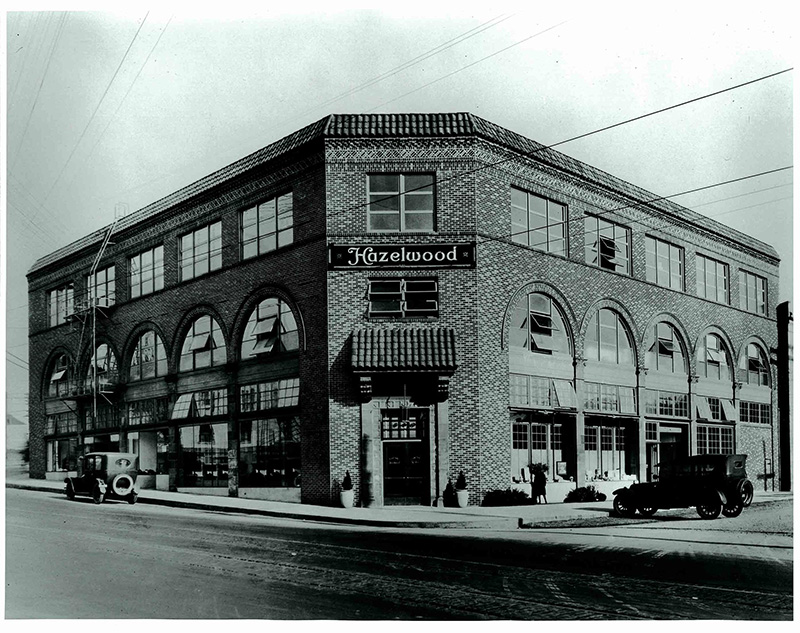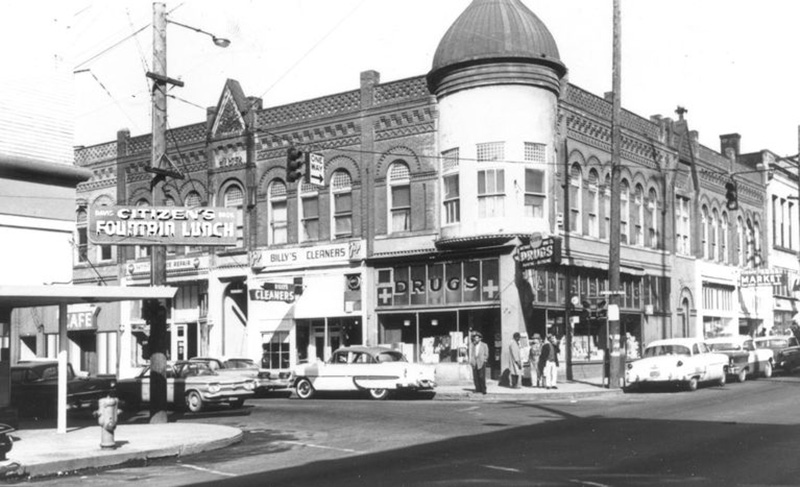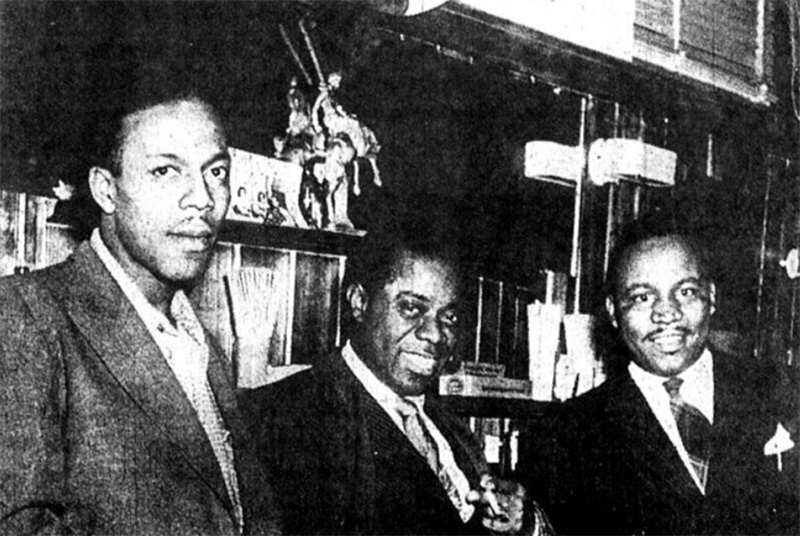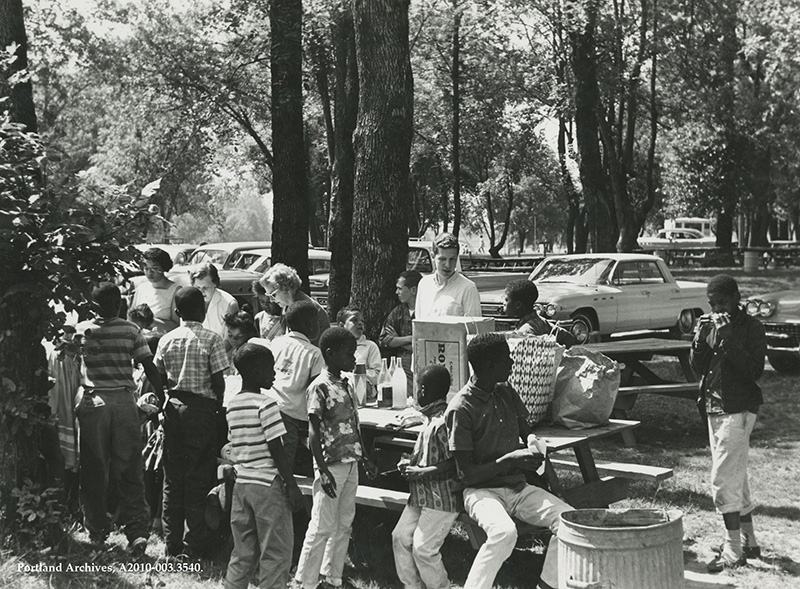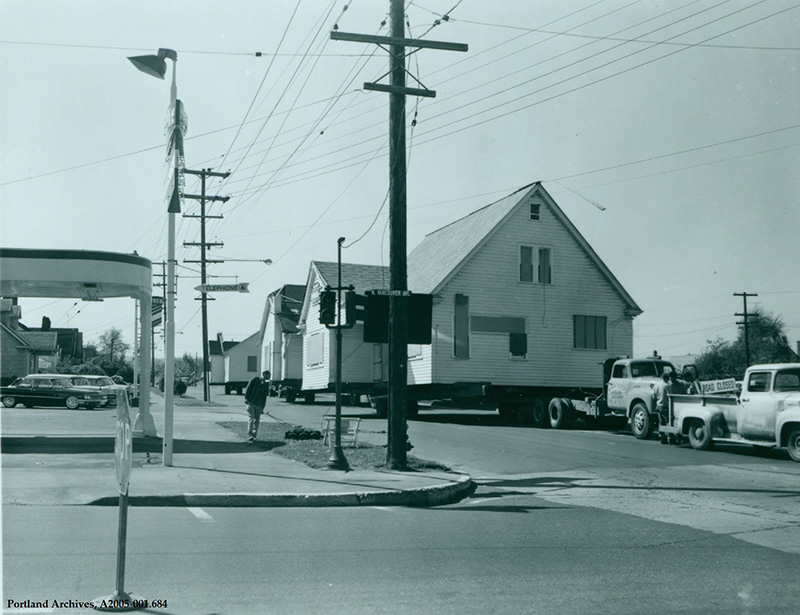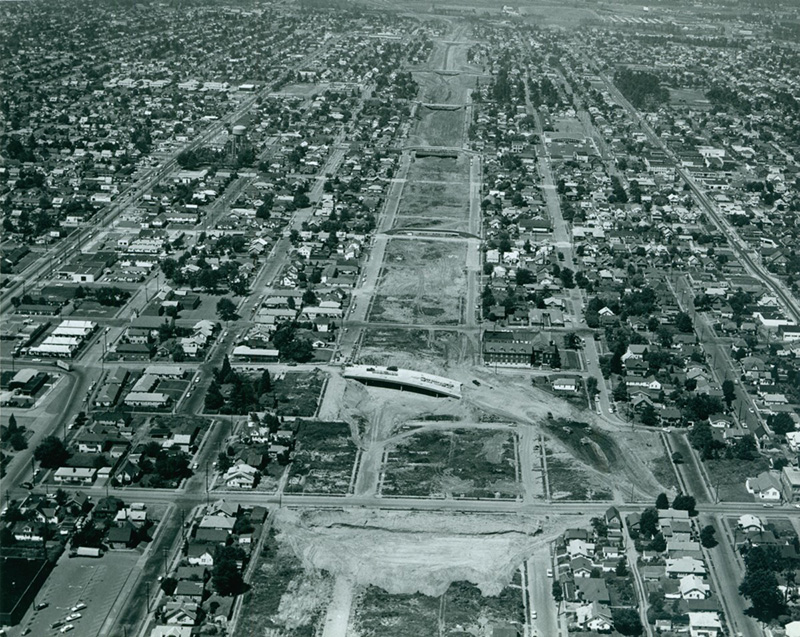About the Project
News
REMEMBERING ALBINA'S RICH HISTORY
The history, culture and people of Albina helped shape, and continue to shape, the city of Portland as we know it today. When a large migration of Black workers and their families made their way to Portland during World War II to build ships for the war effort, Albina and Vanport are where they landed. Albina was the only neighborhood in Portland where Black residents and people of color were allowed to settle for many generations.
Portland's growing Black community during the 1940s and 1950s inspired a booming music scene for jazz, blues and gospel artists, which led to newer genres like soul, funk, disco and R&B. The ability to find "jumpin" music at some of the most famous clubs on the West Coast explains Albina's affectionate nickname "Jumptown." Remnants of Jumptown's musical influence are still found and felt throughout the city.
After a major flood from the Columbia River wiped out Vanport in a single day in 1948, Albina became a place of refuge for Black families. By the 1960s, four out of five Black Portlanders lived in Albina. This diverse and thriving neighborhood was home to Black-owned businesses, residences, community centers, houses of worship, arts and cultural spaces, and much more. The community was tight-knit and self-sufficient, meeting the needs of its residents.
“ Anything that you wanted in the area - Television repair, shoe repair, record store, dry cleaners, whatever - was there. ”
Starting with the construction of Memorial Coliseum, a combination of "urban renewal" projects, including the construction of I-5, permanently altered the landscape and displaced hundreds of homes and families in Albina. These actions caused deep and lasting harm to the Black community, which has continued to face incremental dismantling through gentrification and systemic racist practices.
THE PROJECT TEAM LOOKS TO LESSONS FROM THE PAST
ODOT acknowledges the damage that the agency inflicted on the Albina community through the construction of I-5, and is intentional about not repeating past harms. Public engagement efforts are centering Black voices and people with ties to historic Albina in project design, workforce opportunities and investments in the community. Learn more about these efforts by watching this video about the history of Albina and how this project works to center restorative justice for the Black community.
WHAT THE PROJECT MEANS FOR THE FUTURE OF ALBINA
Albina is still the heart of Portland's Black community. Black residents remain resilient and dedicated to rebuilding a thriving neighborhood that honors the past and creates a bright future. The I-5 Rose Quarter Improvement Project is committed to partnering with the community to accomplish just that by operating within the Project Values, including Restorative Justice and Transparent Decision-Making. The project is investing in people today to build a better tomorrow in two significant ways:
Building a Highway Cover
The proposed highway cover would reconnect parts of the Albina neighborhood that were lost, creating developable land for a reimagined district. The community helped shape the cover design, and community members, in partnership with the City of Portland, will lead the conversation about what goes on it.
Intentional Workforce Opportunities and Goals
The project is focusing on inclusive economic development for small, minority-owned businesses. There are several strategies dedicated to supporting and promoting long-term retention of women and people of color on this project and beyond.
PROVIDE YOUR FEEDBACK ON THE PROJECT'S SUPPLEMENTAL ENVIRONMENTAL ASSESSMENT
A 50-day public comment period is open from November 15, 2022 - January 4, 2023 for the Supplemental Environmental Assessment. You can visit an online open house to learn about the project, review the SEA findings and leave your comments. The Federal Highway Administration will consider all public comments before making a decision on the project, which is expected early next year.


